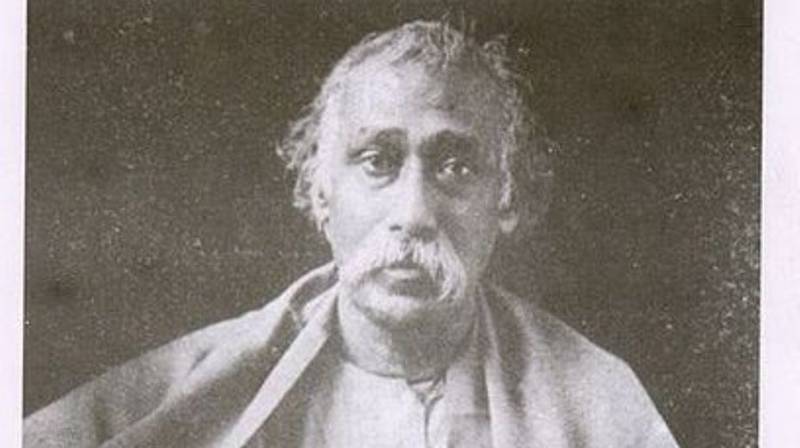November 8th is celebrated as the International Day of Radiology (IDoR) to mark the anniversary of the discovery of X-Rays on this day in 1895 by Wilhelm Conrad Rontgen. Since then X-Rays (Roentgen Rays) have revolutionized the field of medical diagnostics by allowing the medical practitioners to look inside the bodies of their patients. The oldest technique of medical imaging remains the most frequently used as well.
India, which was under British colonial rule at the time of the discovery made by Rontgen, did not remain much behind using the technology. In fact, Indian scientists and doctors started using X-Rays at almost the same time with Europe and much before a majority of countries in the world.
The Discovery of X-Rays
Rontgen submitted his discovery on 28 December, 1895 to the Proceedings of the Würzburg Physico-Medical Society (Sitzungber der WürzburgerPhysik.- MedikGesellschaft) under the title Uebereineneue Art von Strahlen (On a New Kind of Rays). He made the first oral presentation of the discovery on 23 January, 1896 before the Würzburg Physico-Medical Society. The scientific world took notice and so did the Indian scientists.
Dr. Mahendralal Sircar introduces X-Rays to India
In India Dr. Mahendralal Sircar, who was the second Indian to receive M.D from Calcutta University, took immediate notice. He had already founded the Indian Association for the Cultivation of Science (IACS) in 1876 to promote scientific research in India. As head of IACS, he ordered a ‘Roentgen’ Cathode Ray Tube from a European company which was delivered to him in June 1896, only five months after the discovery was made public.
Dr. S. C. Roy writes, “The first experiment using X-rays in India was carried out by Mahendralal Sircar on 20 June 1896 by taking the photograph of a hand using the procured Roentgen’s apparatus and it was noted in his diary that he did not obtain a good picture in his first attempt, probably due to over exposure. As noted in his diary, he repeated his experiment to obtain a better photograph and was successful on 23 June. Therefore, according to his diary, the first successful X-ray photograph was produced in India on 23 June 1896 in Calcutta by Mahendralal Sircar.”
Mahendralal’s son Amritalal Sircar started research on X-Rays at IACS. It should be kept in mind that initially people were not sure of its medical applications.
The First Clinical Use by J. C. Bose
Another famous Indian Prof. J.C Bose followed up Dr. Sircar soon. Bose was successful in making an improved X-Ray apparatus by 1898 about which he had informed Nobel Laureate Rabindranath Tagore in a letter. Dr. Roy writes, “a press report published on the 5th May 1898 edition of the Amrita Bazar Patrika, an erstwhile reputed English daily of India, under the title ‘Professor Bose and the New Light’ which describes the X-ray apparatus built by him and its demonstration.”
J. C. Bose is also credited with the first recorded clinical use of X-Rays in India. In a letter in February 1898 to Rabindranath Tagore, Bose wrote that he couldn’t meet the poet because of his engagement with a patient with a broken back who had to be examined with Roentgen Rays.
J. C. Bose
Formally Dr. Kartick Chandra Bose (a passout of Calcutta Medical College) started the X-Rays for clinical purposes. He is more famous for starting the Bengal Chemical & Pharmaceutical Works and later Dr. Bose’s Laboratory in 1908. But a less known aspect is that he was the first clinician in India to start X-Ray laboratories.


insideNainiCentralPrison.jpg)
